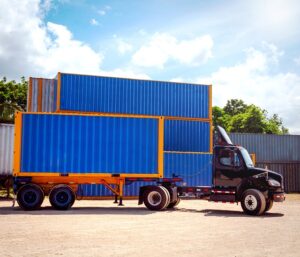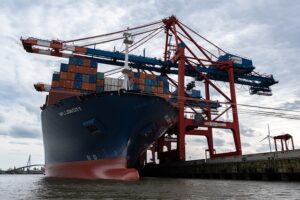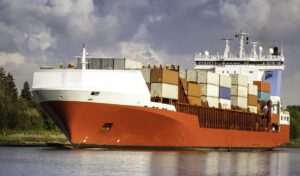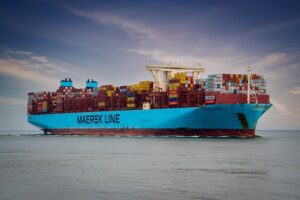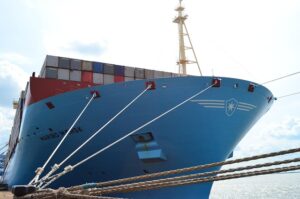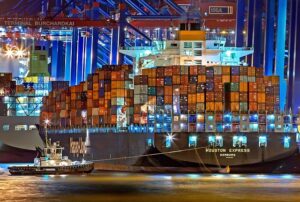Shipping containers have revolutionized logistics with their customizable solutions for storage and transport across diverse sectors, offering a versatile, cost-effective, and efficient alternative to traditional methods. Their modular design, stackable and interlocking features, and intermodal capabilities enable seamless transitions between sea, road, and rail transport, optimizing supply chains from temporary structures to long-term cargo transport. With adaptable layouts, businesses can swiftly adjust container configurations based on changing market demands, enhancing storage capacity and reducing costs. Emerging trends in the industry focus on sustainability improvements, including recyclable materials, leasing services, and integrated green technologies, shaping a more eco-friendly future for shipping containers.
Modular shipping containers are revolutionizing logistics with their unique ability to offer easy assembly and reconfiguration. This innovative approach not only streamlines storage and transportation but also opens up a world of possibilities for various industries.
In this article, we explore the rise of these versatile containers, delve into the key benefits they bring, and uncover real-world applications across different sectors. We also gaze into the future, considering sustainability and the endless potential of modular shipping solutions.
- The Rise of Modular Shipping Containers: A Revolution in Logistics
- Understanding the Key Benefits of Easy Assembly and Reconfiguration
- How These Containers Transform Traditional Storage and Transportation
- Real-World Applications: Industries Embracing This Innovative Solution
- Future Prospects: Sustainability and Beyond
The Rise of Modular Shipping Containers: A Revolution in Logistics
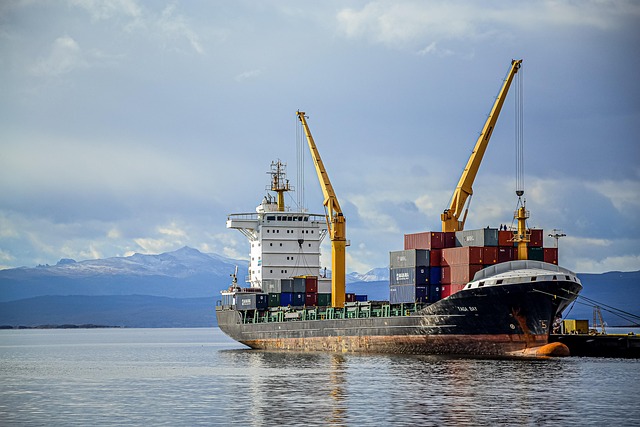
The advent of modular shipping containers has sparked a revolution in the logistics industry. Traditional cargo shipping containers, primarily designed for sea shipping and intermodal transport, have evolved to become highly versatile and customizable solutions. This shift is driven by the growing demand for efficient, flexible storage and transportation options across various sectors. Manufacturers are now offering a wide range of shipping container types, sizes, and capacities to cater to diverse needs, from temporary on-site storage to long-term cargo transport.
Modular containers promise unparalleled ease in assembly and reconfiguration, streamlining the entire supply chain process. They can be quickly converted for different purposes by adding or removing internal partitions, making them ideal for dynamic markets where requirements fluctuate rapidly. The intermodal nature of these shipping containers ensures seamless transition between sea, road, and rail transport, further enhancing logistics management. This trend in the shipping container industry is reshaping global trade dynamics, offering businesses scalable and cost-effective storage and transportation solutions tailored to their specific requirements.
Understanding the Key Benefits of Easy Assembly and Reconfiguration

Modular shipping containers offer significant advantages in terms of easy assembly and reconfiguration, making them a versatile asset for various industries. This feature streamlines operations by enabling quick setup and adjustment, which is particularly beneficial for temporary structures, events, and emergency responses. With just a few simple steps, these containers can be transformed into offices, storage units, or even living spaces, providing a cost-effective and efficient solution for businesses and organizations.
The ability to easily assemble and reconfigure shipping containers allows for dynamic and adaptable logistics. Companies can optimize their supply chain by quickly adjusting container layouts based on changing market demands. This agility is especially valuable in the intermodal shipping industry, where sea shipping containers, cargo shipping containers, and ISO shipping containers are frequently transported via different modes. By leveraging the modular design, businesses can enhance storage capacity, improve inventory management, and reduce time and costs associated with traditional storage and transport methods.
How These Containers Transform Traditional Storage and Transportation
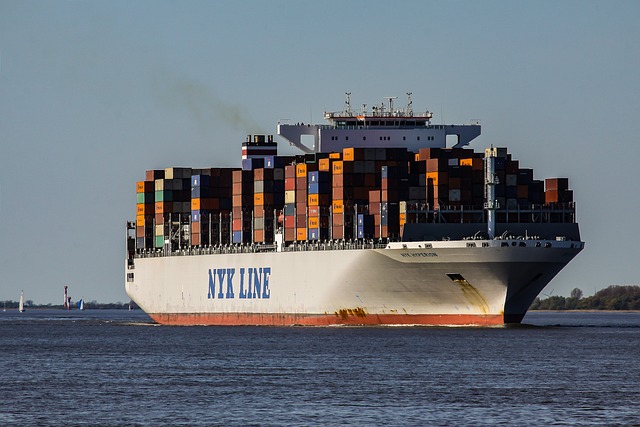
The advent of modular shipping containers has revolutionized traditional storage and transportation methods, offering unprecedented flexibility and efficiency in the logistics sector. These innovative intermodal shipping containers are designed with a unique, stackable, and interlocking system, allowing for easy assembly and reconfiguration. This breakthrough technology enables businesses to transform their operations, from optimizing warehouse spaces to streamlining international cargo transport.
With their versatile nature, these sea shipping containers can be swiftly modified to accommodate various storage needs. Whether it’s a pop-up store requiring temporary retail space or an e-commerce business needing expanded distribution centers, shipping container rental and leasing services provide cost-effective solutions. The ability to quickly adapt to changing market demands, coupled with the superior structural integrity of ISO shipping containers, ensures that cargo remains secure during transport. This has significantly impacted the shipping container industry trends, pushing towards more sustainable and agile logistics practices, especially in the face of growing global trade and e-commerce demands.
Real-World Applications: Industries Embracing This Innovative Solution

The versatility and modularity of shipping containers have found their way into various industries, revolutionizing logistics and supply chain management. From construction sites to temporary event venues, these durable structures are being utilized as versatile spaces that can be easily assembled and reconfigured. In the retail sector, pop-up stores and mobile shops are sprouting up in urban areas, thanks to the quick setup and takedown capabilities of shipping containers. This trend has also trickled down to the hospitality industry, where container cafes and restaurants are gaining popularity for their unique charm and efficient operation.
In manufacturing, shipping containers serve as temporary workshops or storage facilities, facilitating seamless production processes and inventory management. The intermodal nature of these containers allows for easy transport across different modes, such as sea shipping containers being moved from ports to inland locations via rail or road, ensuring a smooth flow of goods. This innovative solution has even sparked interest in the art world, with creative minds transforming containers into galleries and exhibition spaces, showcasing the ever-evolving potential of this versatile shipping container industry.
Future Prospects: Sustainability and Beyond
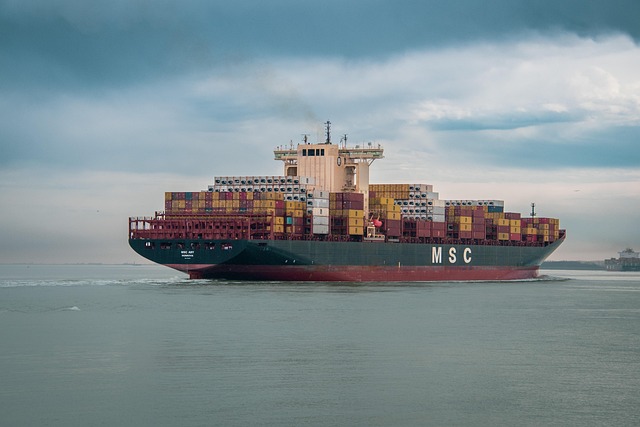
As the world grapples with environmental challenges, the future of shipping containers looks set to be more sustainable than ever. The modular design of intermodal shipping containers already makes them eco-friendly by enabling efficient use of materials and space during transport. Now, manufacturers are exploring ways to further enhance their green credentials. One promising trend is the development of recyclable and biodegradable container materials, reducing waste and minimizing the industry’s carbon footprint.
Additionally, the growing emphasis on circular economy principles will shape the shipping container industry. Shipping container leasing and rental services are becoming more popular, allowing businesses to use containers temporarily without the long-term commitment and associated costs. This reduces the need for new container production and encourages reuse, which is a key aspect of sustainable logistics. Furthermore, as technology advances, we can expect to see more innovative shipping container modifications, such as solar panel installations and smart sensors, optimizing energy efficiency and tracking capabilities in both sea shipping containers and cargo shipping containers alike.
Modular shipping containers are revolutionizing logistics by offering unparalleled versatility. Their ease of assembly and reconfiguration streamline operations, reduce costs, and minimize waste, making them a game-changer for various industries. As we look to the future, embracing these innovative solutions not only enhances sustainability but also paves the way for more efficient and dynamic global trade.


